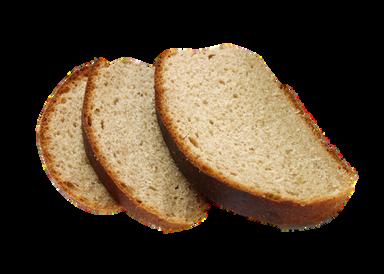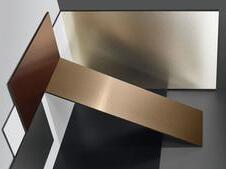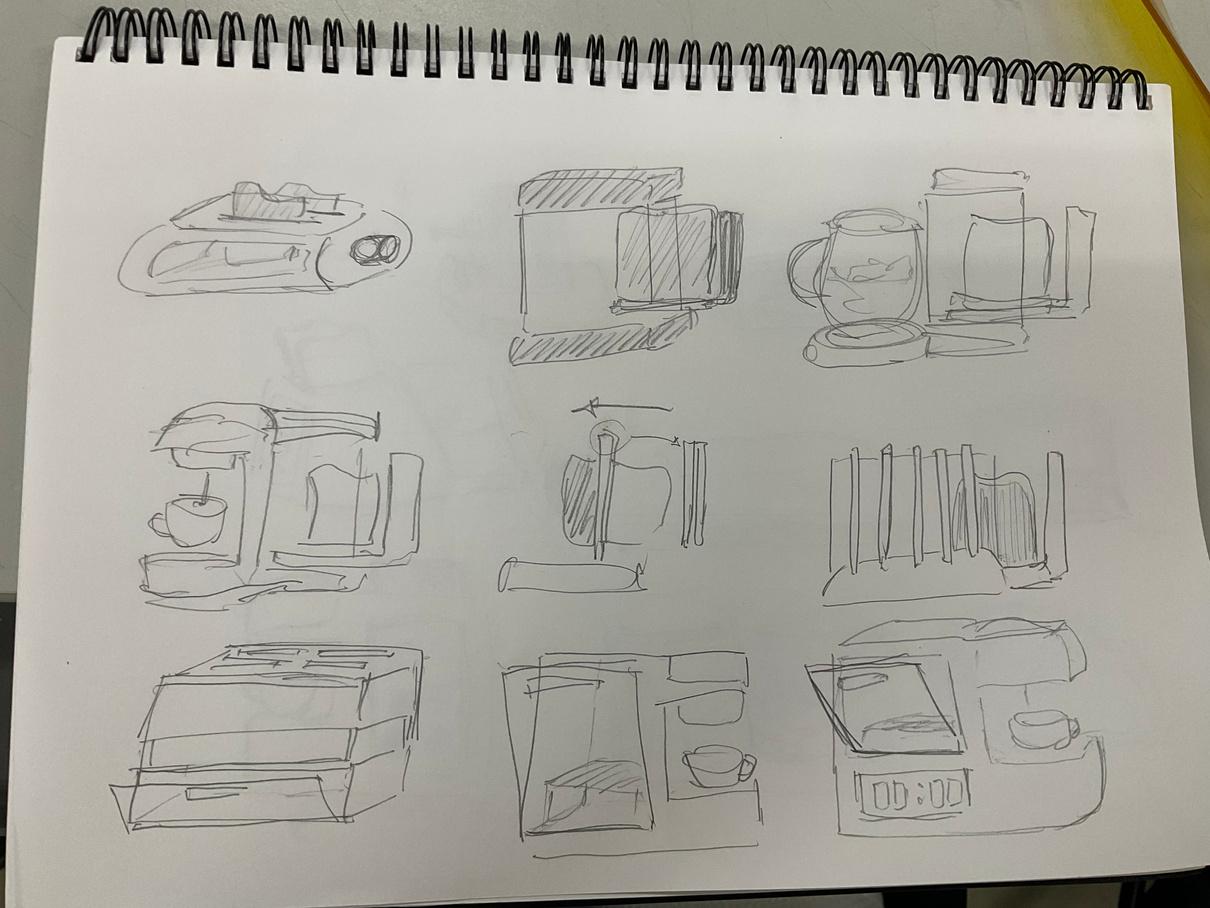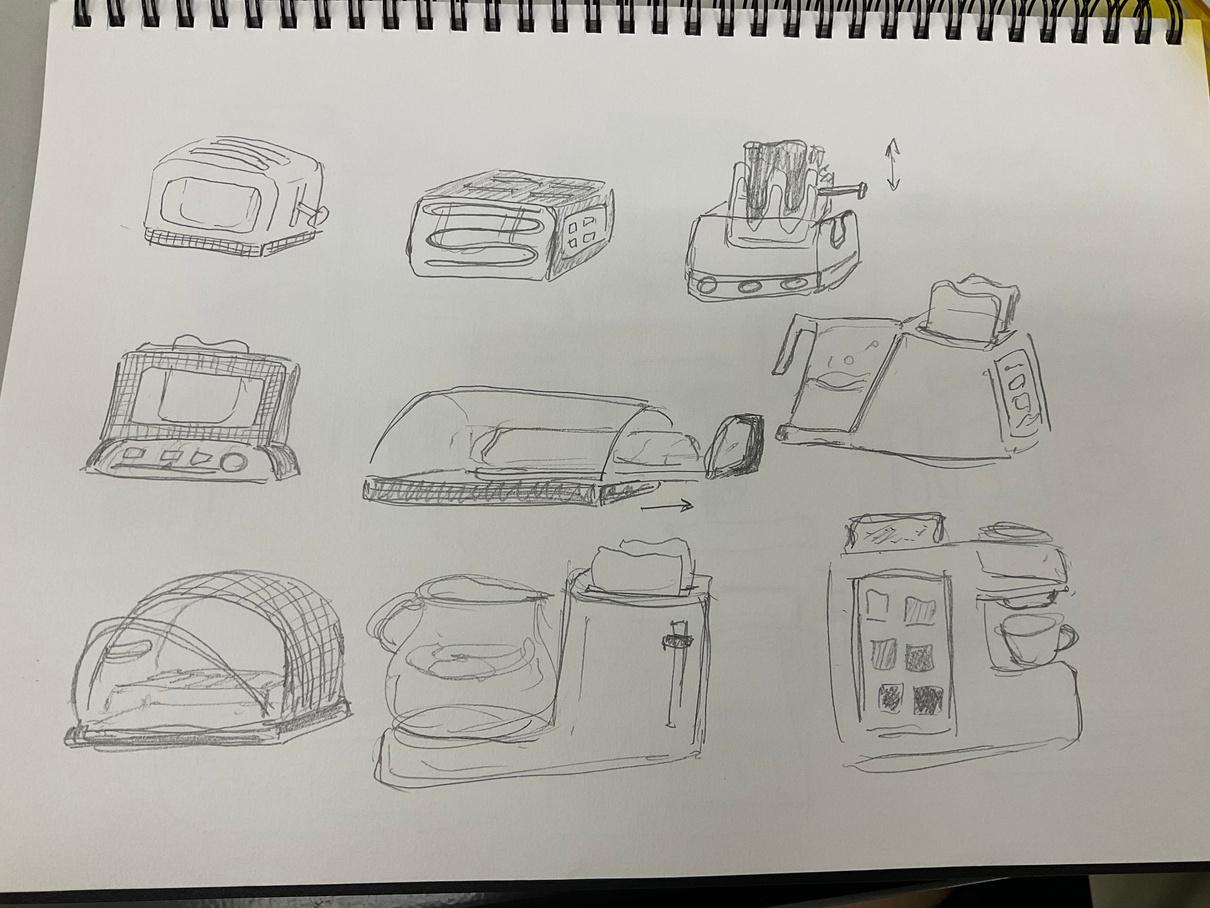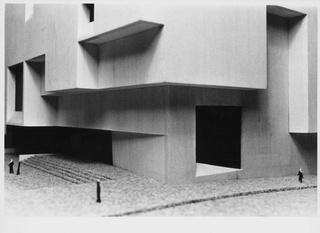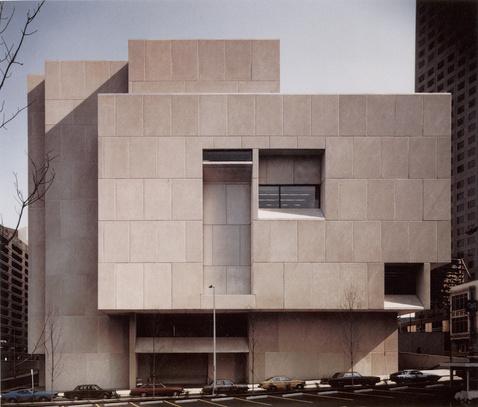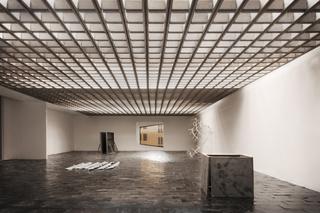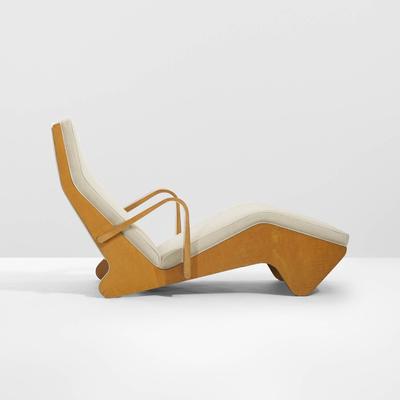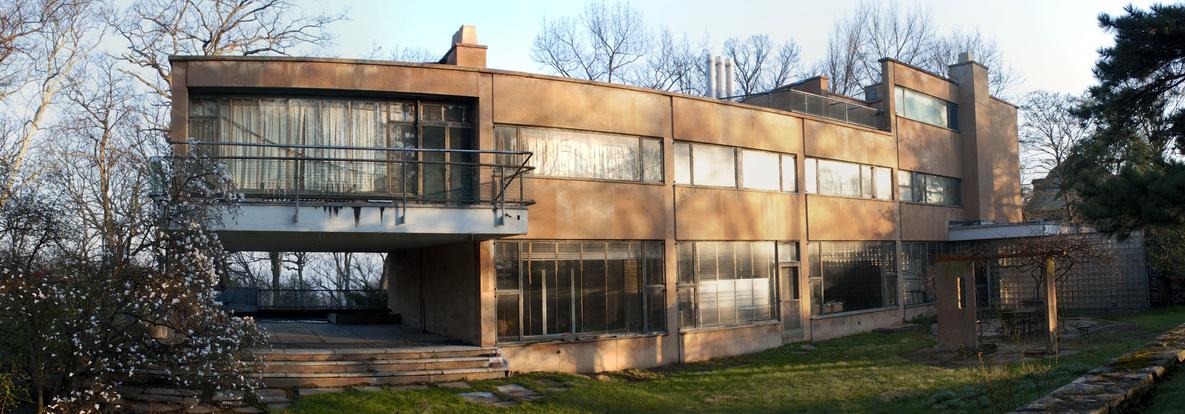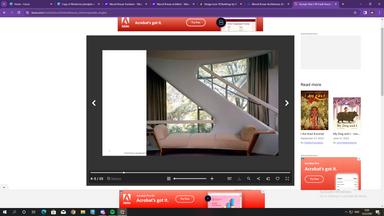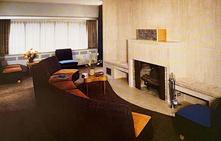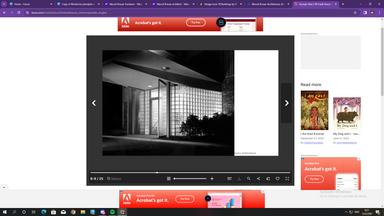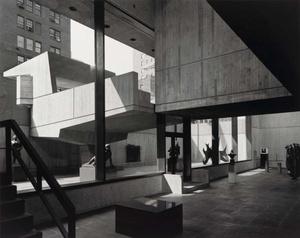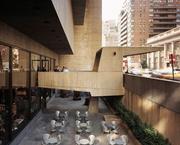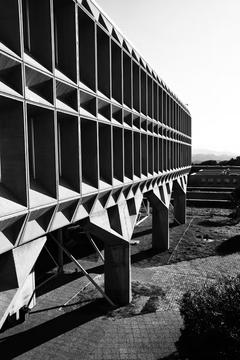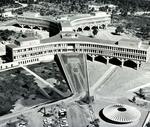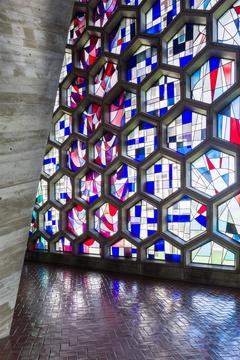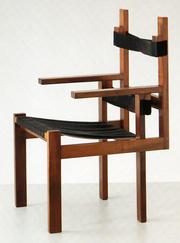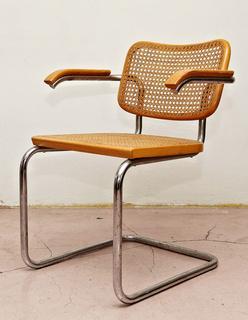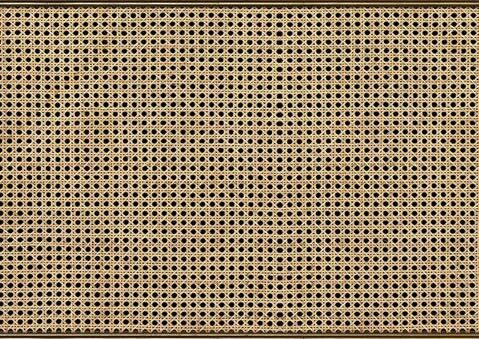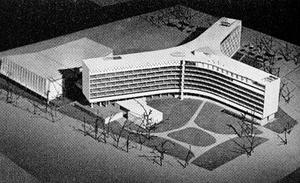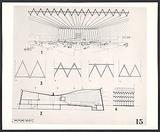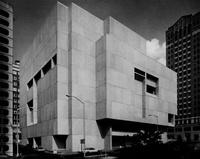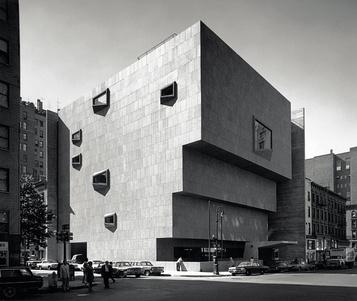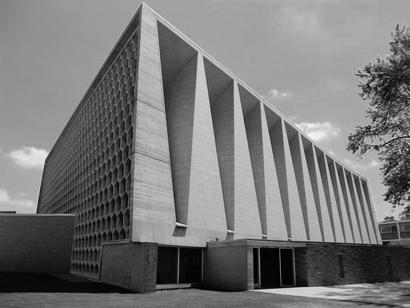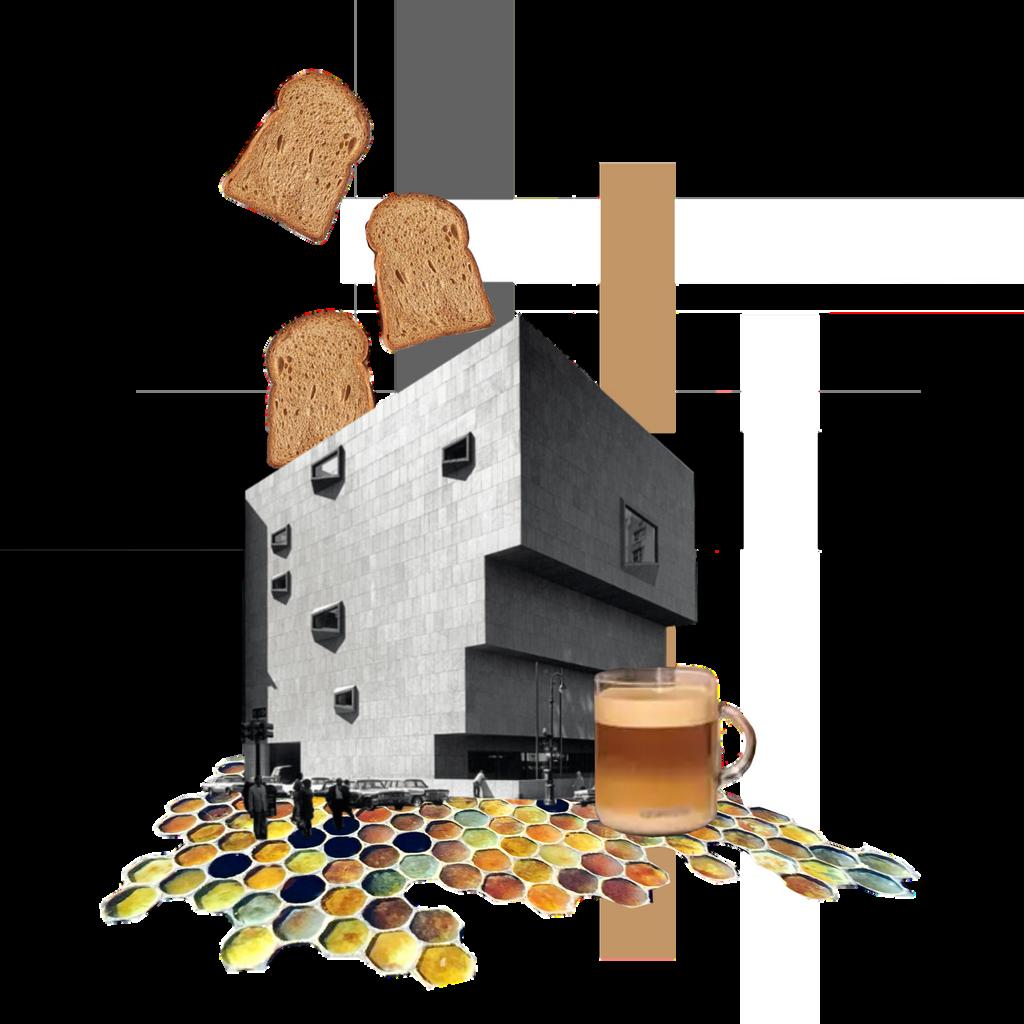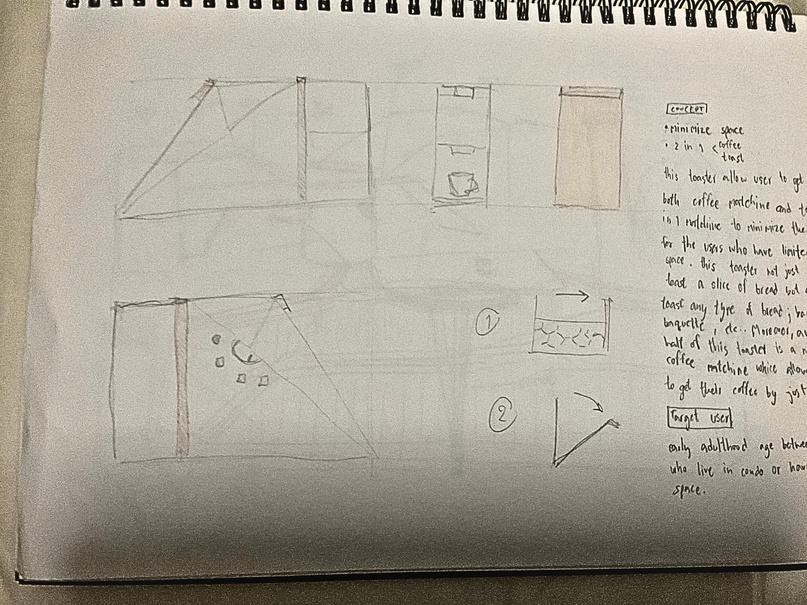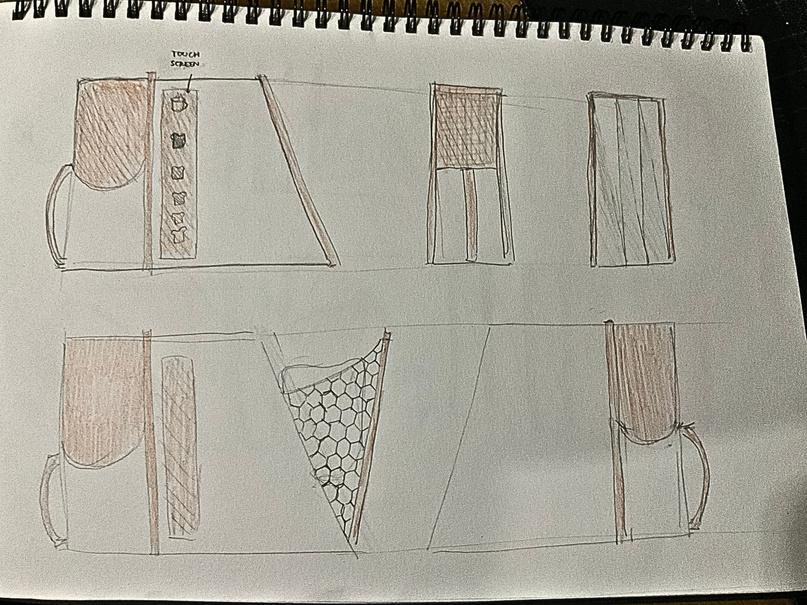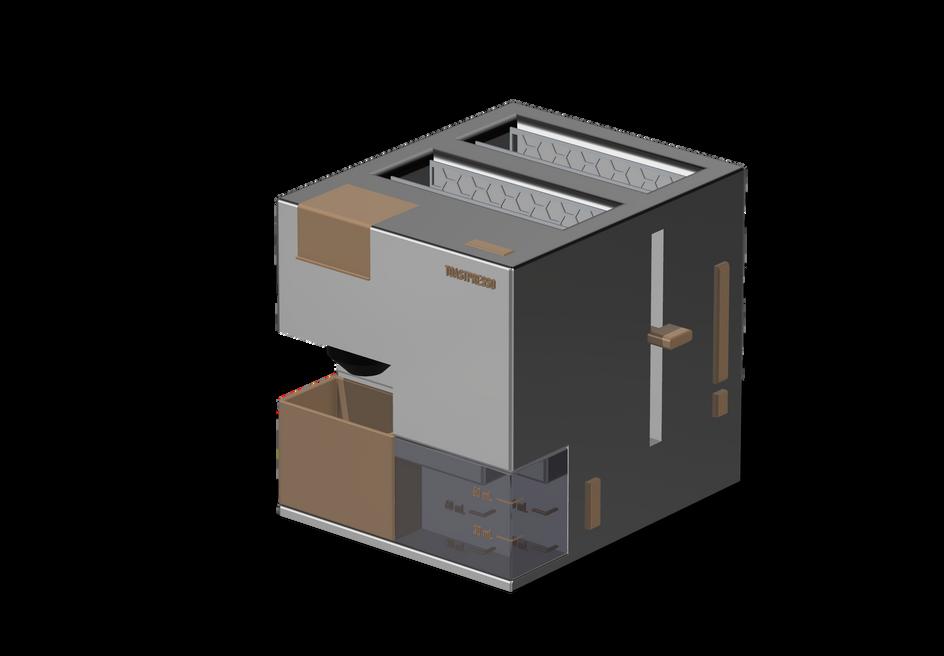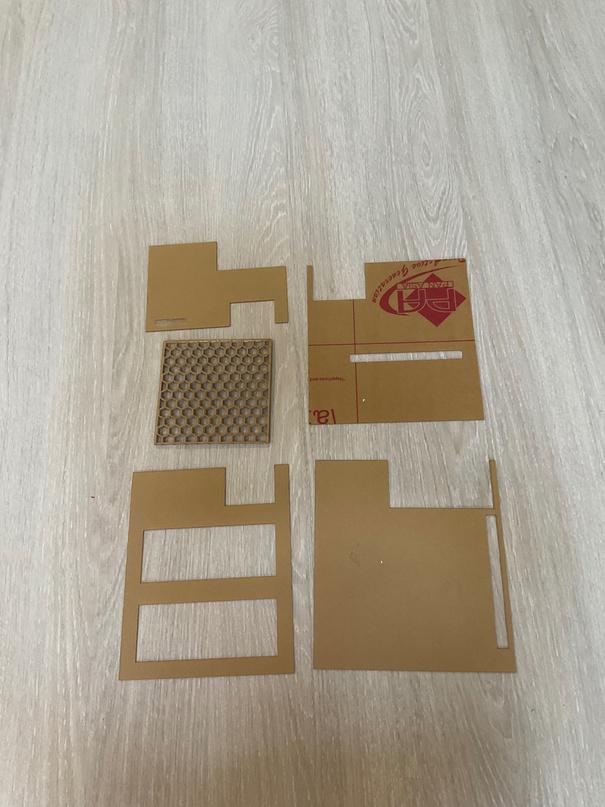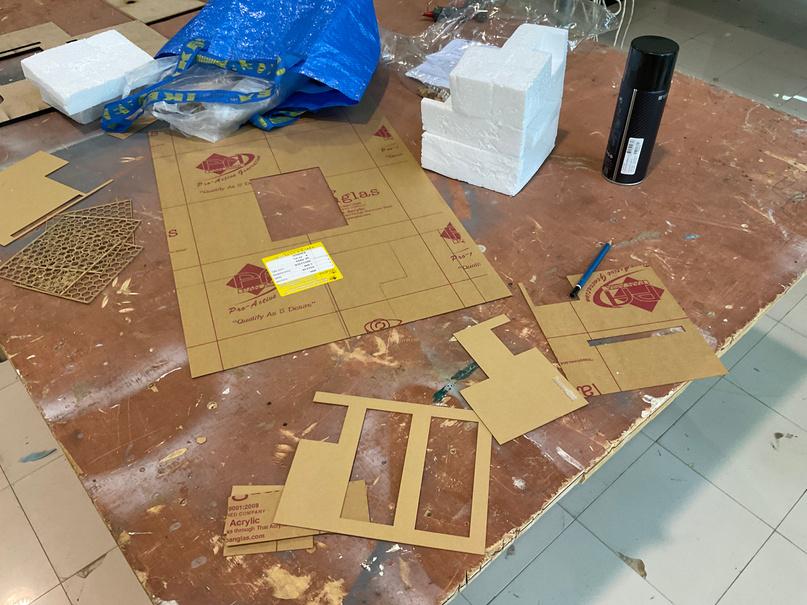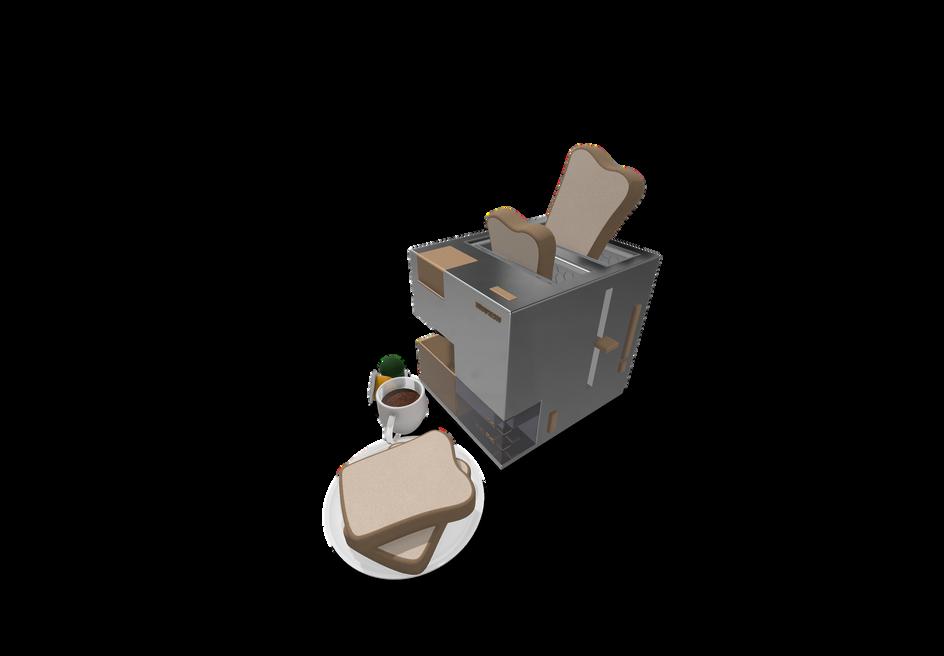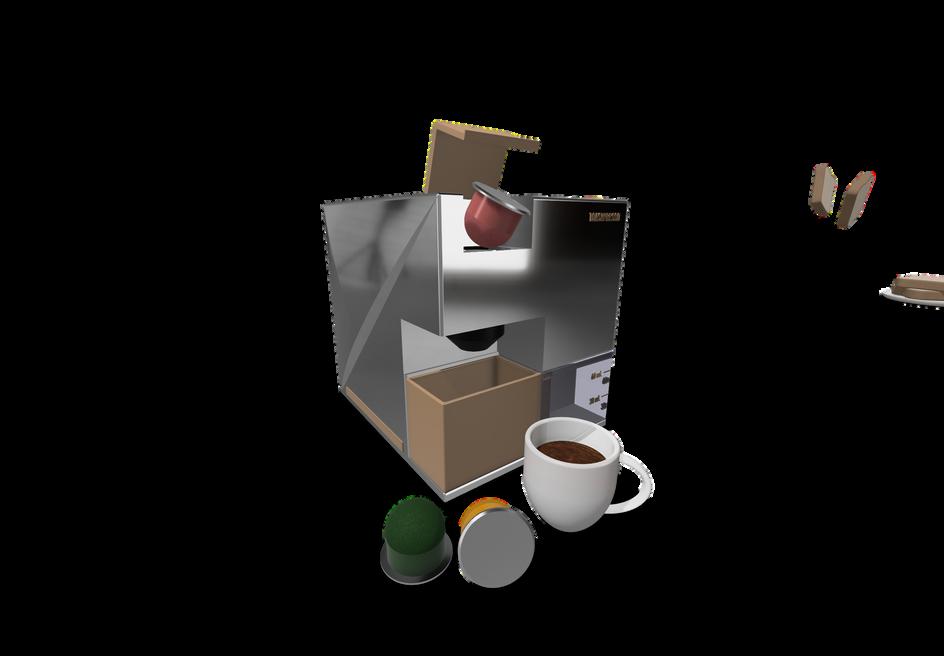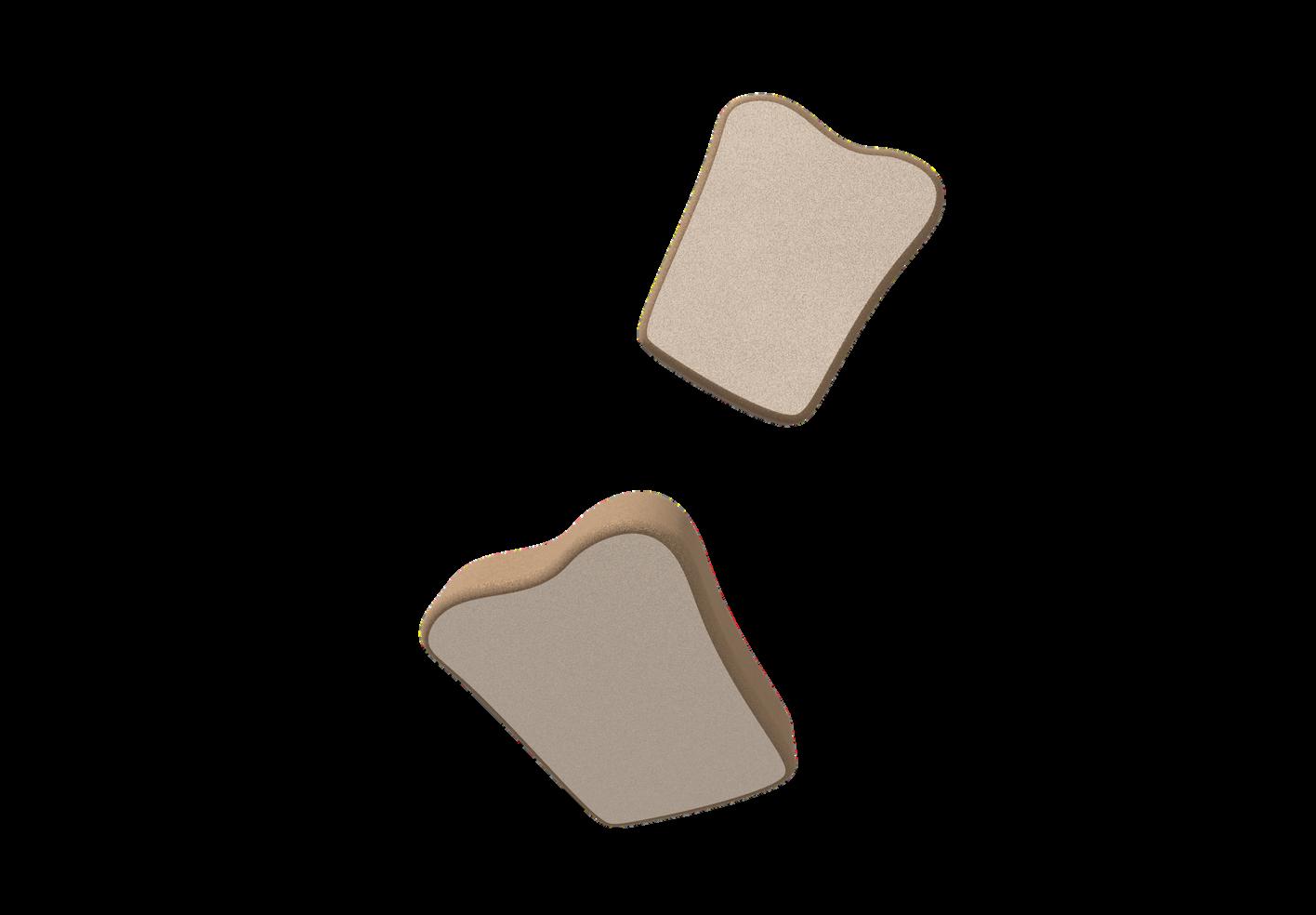






The ‘Toastpresso’ pop-up toaster got inspired by Marcel Breuer, a Hungarian-American designer and architecture. Its appearance of shape and aluminum texture attempts to evoke the sense of International style and geometrically of Whitney Museum and Church at St.John's Abbey. With the hexagonal grid design of the wire rage that inspired by the hexagon stained glass window at St.Jonh Abbey, it will create the texture of hexagon pattern on the toast.

Toaspresso is designed to provide both coffee and toast functionalities in one compact machine, making it perfect for individuals with limited space, such as those who live in condominiums or apartment buildings.
This toaster can serve not only slices of bread but also various types of bread such as bagels and baguettes. Additionally, the other half of the toaster is a coffee machine, enabling users to enjoy coffee while toasting. With this machine, users no longer need to have two big and bulky machines in their place anymore.
The body part of Toastpresso made of plastic and stainless steel which have been covered in chrome to improve appearance. Inside and machanical parts are consist of various materials such as copper, metal, and steel.



A Hungarian-American designer whose career touched nearly every aspect of three-dimensional design, from tiny utensils to the biggest buildings. He is one of the mostinfluential exponents of the International Style; he was concerned with applying new forms and uses to newly developed technology and materials in order to create an art expressive of an industrial age.
Today, Marcel Breuer is regarded as one of the most important
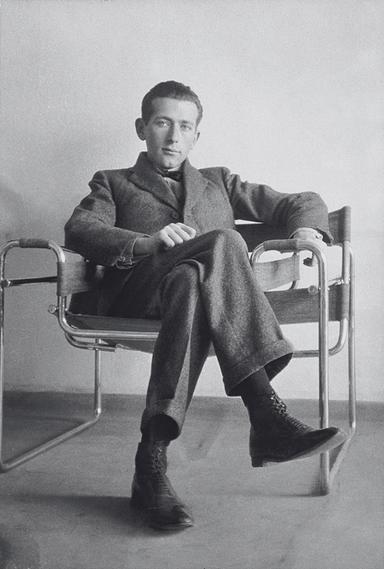
In full: Marcel Lajos Breuer
Born: May 21, 1902, Pécs, Hungary
Died: July 1, 1981, New York City, New York, U S (aged 79)
Notable Works: Whitney Museum of American Art Movement / Style: International Style
modernists in architecture and design. His furniture productionsremain as influential and popular today as ever before, and continue to be massproduced by esteemed manufacturers such as the Knoll Group. Breuer's most famous chair, the "Wassily," in the words of New York Times journalist Maura Egan, is a manifestation of "modernism's faith in technology, convenience, and the promise of a better life." Breuer's continual interest in the possibilities of new materials and technologies and the reexamination of trends in architectural practice also mark him as an important practitioner of modernist theory. Although he eventually abandoned teaching in favor of his own practice, Breuer also left an important legacy as an instructor, both at the Bauhaus and eventually also at Harvard, where he and Gropius introduced the International Style on a large scale to American students and architects for the first time.

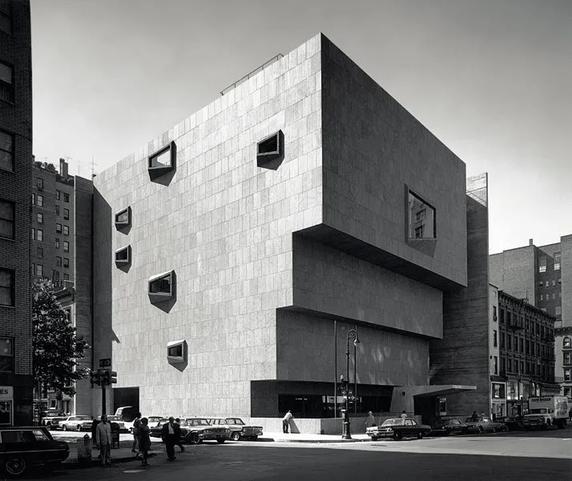
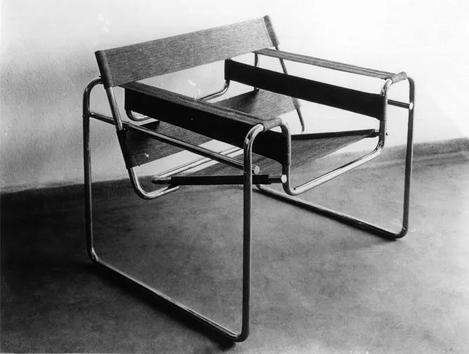
 Church of St Francis of Sales, Muskegon, Michigan © Photo Hedrich Blessing
Whitney Museum of American Art, New York © Photo Ezra Stoller – Esto.
Cesca Chair Armless with Cane Seat & Back Designed by Marcel Breuer 1928
Wassily Chair Designed by Marcel Breuer 1925
Church of St Francis of Sales, Muskegon, Michigan © Photo Hedrich Blessing
Whitney Museum of American Art, New York © Photo Ezra Stoller – Esto.
Cesca Chair Armless with Cane Seat & Back Designed by Marcel Breuer 1928
Wassily Chair Designed by Marcel Breuer 1925
The first patent application for an electric toaster was filed in 1906 by George Schneider of the American Electrical Heater Company of Detroit in collaboration with Albert Marsh. You might know Marsh as the guy who invented Nichrome – a heatresistant material found in toasters.
The first commercially successful toaster came out in 1909. It was invented by Frank Shailor from General Electric and named D-12. This toaster had widespread use among restaurants at the time. Thus it was considered to be commercially successful. It still didn’t reach most homes as electricity was scarce.

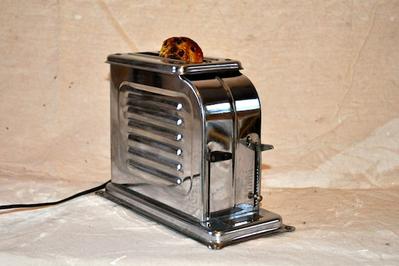
The modern pop-up toaster was invented in 1919 by Charles Strite. He was a mechanic from Minnesota who got fed up with cafeterias serving burnt toast, which led him to his interest in toasters. He patented the pop-up toaster in 1921 and started selling them to restaurants at first. That’s because his main goal was to sell his toaster to restaurants to improve the quality of their service.
However, in 1926 an updated version of the toaster was released that was made available to the public. It’s known as Toastmaster 1-A-1.
General Electric Model D-12 toaster, from 1909 1920s Toastmaster Model 1-A-1 Single Slice "Pop Up" Toaster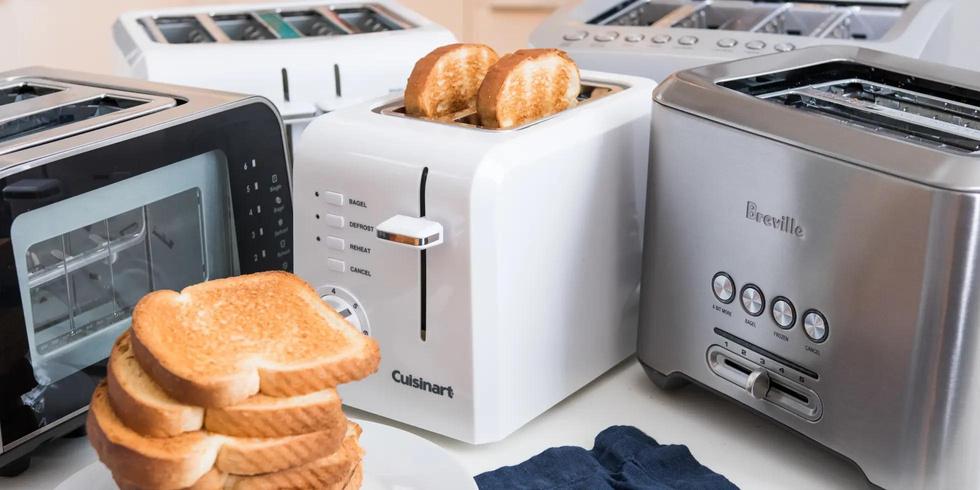
Toasters have come a long way since their invention in the early 20th century. Over time, toaster manufacturing evolved to provide products that were easier to use and more efficient. One significant innovation was the introduction of heat-resistant plastics, which made toasters lighter, safer, and more affordable.
Toasters also underwent design changes over the years. In the 1950s, toasters began to feature a rounded design, and slots were widened to accommodate different types of bread.
In the 1960s and 1970s, toasters began to incorporate more safety features, such as automatic shut-off switches and insulated exteriors. In recent years, toasters have continued to evolve with the addition of extra features like defrost and bagel settings, and in different sizes to accommodate various household needs.
Toasters are the most commonly used kitchen appliances to cook bread slices for daily breakfast needs. These products and appliances are the most preferred choice of consumers, as they are ideal for cooking delicious food items such as sandwiches, pine nuts, crackers, and pizzas. Nowadays, companies are trying to educate people about the features of various home
convert the target audience into potential customers. These factors are expected to drive the overall toaster market growth in the long run. Moreover, increasing usage of pop up oven and conveyor toasters in commercial and residential places, is also forecasted to drive the market share in the long run.
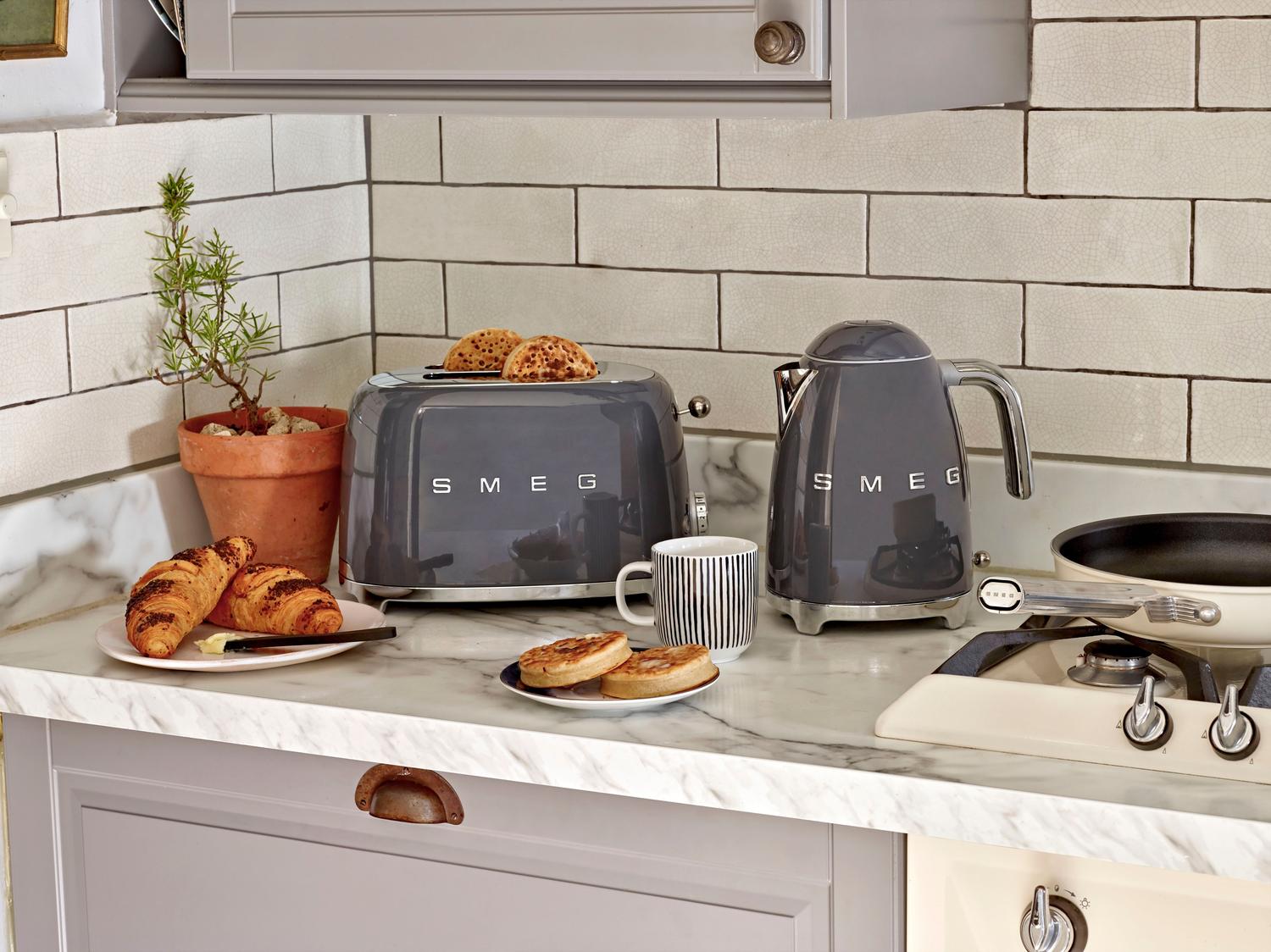

There are several different housing materials for toasters and toaster ovens, such as metal, aluminum, and stainless steel. Plastic housing is also found on several toasters and toaster ovens. The life of the toaster can be increased by an external housing made of strong, resilient materials, such as stainless steel.
Since stainless steel is durable and long-lasting, it is the material of choice for toasters. Toasters made of stainless steel that have been covered in plastic or chrome to improve appearance are available.
early adulthood ( 20 - 39 )
live alone
TARGET USER
MINIMIZE THE SPACE
FAST BREAKFA ST
2 IN 1 toast coffee
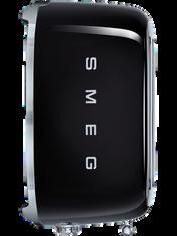

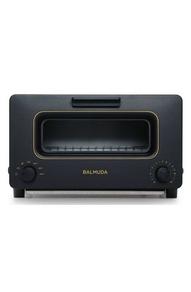
IDEA II





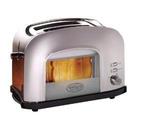

IDEA III

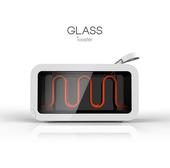
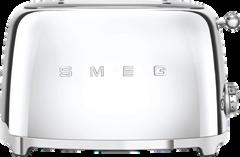



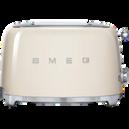


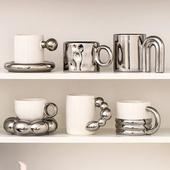
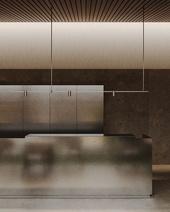
CONCEPTUAL COLLAGE
INTERNATIONAL STYLE MORDERNIST LUXURY



CONCEPTUAL COLLAGE
INTERNATIONAL STYLE Modernist traditional


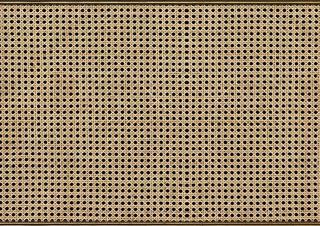
CONCEPTUAL COLLAGE



